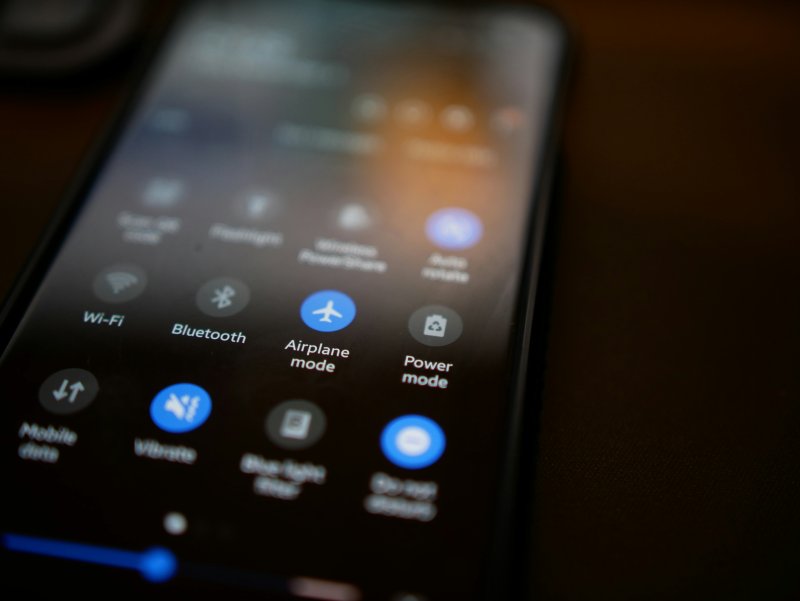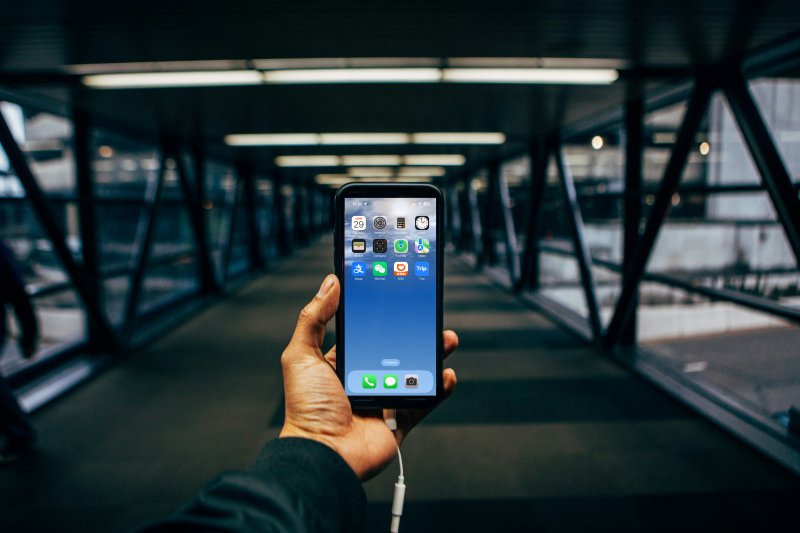Beijing Visitor's Guide: Getting Connected When You Land
Ever since China began expanding its visa-free travel and 72/144-hour visa-free transit policies to more countries last year, have you had any friends or family members who have come to Beijing to visit since then? Anyone you know planning to come? What sort of essential tips would you give them? The Beijinger is running a new series providing such essential tips for short-term visitors to the capital. We hope it’ll make things easier for overseas visitors, and help make your life easier inviting and receiving visitors from back home. Check it out and give us your feedback below!
You’ve just landed in China – or will soon be departing to go to China – and now comes the first dilemma: how do I connect my phone and connect with others?
Once you land there are a few ways to do this, starting with connecting to the airport wifi or international roaming if you must, getting a SIM card, and then getting all the important apps you’ll need while here (thankfully, it’s only a few).

What follows is a little guide on those first steps you’ll take as you enter China’s capital.
Get Connected
Turn on international roaming service: It might be expensive, but it is always the most reliable way to ensure you are able to reach your family and friends at home.
Connect with Airport WiFi : All areas in both Beijing airports have free Wi-Fi.
Here's how to connect to free WiFi at either of Beijing's airports with this detailed, step-by-step guide.
Step 1: Open WiFi setup on your device and select "AIRPORT-FREE-WIFI-NEW" (Beijing Capital International Airport 北京首都国际机场) or "Green Airport" (Beijing Daxing International Airport 北京大兴国际机场)
This selection will automatically bring you to the WiFi login page using your device's default browser (either Safari, Chrome, Microsoft Edge, or Firefox).
Step 2: Complete an authentication process using one of the two following methods. Follow method one if you have a Chinese phone number user, or method two if you do not.

Authentication via SMS
(Best for those with a Chinese phone number)
- Enter your Chinese phone number where you see the characters "输入手机号".
- Click the blue button on the right with the characters "获得验证码".
- Check your SMS inbox for a verification code sent by BCIA.
- Once you have received the verification code, return back to the WiFi setup webpage and enter the code where you see the characters "输入验证码".
- Click the blue button on the right with the characters "登录" to access free airport WiFi.
Authentication Via Passport or Chinese ID Using WiFI Dispenser
(Best for those with a non-Chinese phone number)
- Find a WiFi Dispenser machine near you. If you need help finding the closest WiFi Dispenser, you can kindly show an airport staff member the following sentence: "请问最近的无线上网身份验证自助终端在哪里?"
- Open your passport to its main page (or a Chinese ID if you hold one) and slip it into the dispenser’s opening slot marked "护照扫码口Passport Scanning". After scanning the information on your passport, a paper with a username and password will be printed out by the dispenser.
- Go back to the WiFi setup webpage and enter the username you just received where you see the characters "输入账号", and enter your password where you see the characters "输入密码".
- Click the blue button on the right with the characters "登录" to access free airport WiFi for five hours. If you need more time, you can print a new username and password. Please note, a single, valid ID can be used for a maximum of three print-outs.

Buy a local Chinese SIM card: both airports offer SIM vending machines as well as manned counters for purchase. Please note that China uses physical SIM cards, which may not be compatible with your current phone, so it's best to check on this first.
Essential Apps
Once you've got your phone all set up, it's time to download another important thing in China: apps. A few apps, in fact, which are filled to the brim with mini-programs and features that will in turn make your stay here all the more smooth and easy.
Alipay: King of apps for foreign visitors in China. It has a built-in, multilanguage translator with 15 different languages. It's a primary mobile payment tool and also the platform hosting mini-programs of all essential apps you need to function in China every day. Be sure to search the following mini-programs in Alipay: DiDi, Trip, Meituan, and Ele.me.
WeChat: It's the primary communication tool in China, more than phone or SMS. Like Alipay, it's also a primary mobile payment tool and a platform hosting mini-programs of essential apps, but it doesn't have an in-app translator like Alipay, and you can get lost with the Chinese-only interface while using its mini-programs.

Trip: an app and website ( www.trip.com ) for hotel and ticket booking. You can also connect via the mini-program inside Alipay.
Mobile map apps: Most Chinese mobile map apps don't offer English interfaces. iOS Maps works with English; for Android phone users, if your built-in map doesn't work, try to use www.bingmap.com
Need more help at the airport or having a hard time to set up your Alipay and WeChat? Follow signs to the Information Desk and Payment Service Center in your arrival terminal for in-person assistance.
Images: Unsplash, theBeijingers





